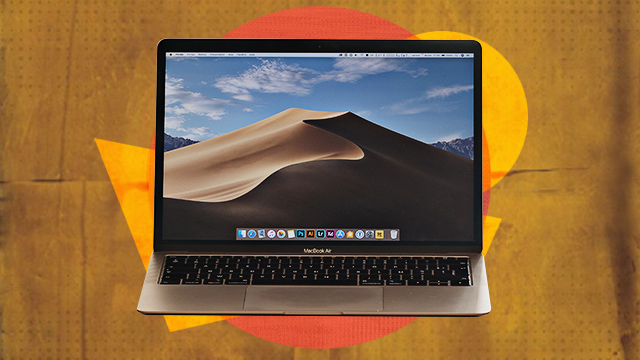
(SPOT.ph) The Mac and macOS have a reputation for fusing form with reliability. Apple’s hardware is designed to work in perfect sync with the operating system. Those running machines from previous generations however may start to notice some slowdowns. While the first impulse is to head on to the Apple website to browse for the latest Macs, there might be some things you can still do to have your Mac gain back some of its speed.
You won’t need any help from a genius to start doing these few things to optimize your Mac. Take a look at these tips that you can do yourself to improve your machine’s performance.
Also read: Is Your PC Slow AF? Do These First Before Thinking of Buying a New One
Optimize Storage
Space is something everyone needs more of. Your Mac, especially the newer ones with SSD, will always have limited space to store all your files such as documents, shows, music, et cetera. You can opt to store these files in iCloud where you can just download them when you need them and not have them taking up valuable storage space in your computer.
You can take a quick look at what's eating up the space on your Mac by going to the Apple logo on the top left corner of the screen, then click About this Mac. Click on Storage, then Manage. You may need to wait for a few moments to finish processing the files.
After the calculation, you are given a few recommendations. Store in iCloud means that your Desktop and Documents folders can be synced to the iCloud Drive which can also store messages and attachments. Photos and videos can be sent to the iCloud Photo Library. Only recently opened files will be stored on the computer. To avoid any iCloud Desktop syncing slowdown, avoid storing large files on your Desktop and Documents folder.
Another Option is Optimize Storage. This can have a great impact especially if you watch a lot of Apple TV shows and movies. This will automatically remove previously watched movies and shows.
Empty Trash Automatically will erase items that have been sent to the Trash bin after 30 days. If you want to change the holding period, you can change the settings in Finder.
The last recommendation is Reduce Clutter. This is the manual option for finding and deleting files, apps, movies, digital media and other items that are taking up space. Click on Review Files to see the files under each category such as Applications, Books, Documents, et cetera that can be deleted.
To further optimize space, the macOS can clear temporary or incomplete files such as downloaded and installed updates, Safari browsing data, and unneeded database files.
Remove Automatic Log-Ins
The older that a Mac has been in use, the greater the chance that a number of apps have been installed that affect boot-up time. Besides affecting boot-up time, they may also take up precious resources such as system memory.
To cancel these apps on startup, click on the Apple logo then select System Preferences, then Users & Groups. With the current user selected, click on the Login Items tab and you will see items that open automatically on log in. You can select an item then click on the minus button to remove it from the list. Try restarting to see the difference in your boot up time.
Turning Off Extensions, Notifications, and Location
When you install apps, some of them have extensions that are used by the app to help improve its functionality. However, these extensions running at the same time may also degrade your Mac’s performance because they run in the background. You can turn them off by going to the Apple logo then System Preferences, then Extensions. From here, you can prevent unfamiliar extensions from running by unchecking the box.
Notifications on the other hand may not be system intensive, but they can drain your battery faster especially if you are far from a power outlet. Each app may have its own notifications so for those that you don’t have to monitor, you can turn them off. Go back to System Preferences then Notifications. You can go through each app and uncheck the Show Notifications box for each of them.
Unlike phones that are used for navigation, you might want to turn off location services on your Mac. This setting may be a bit harder to find since it is under a different category. Click on the Apple logo then go to System Preferences, then scroll through the list of the apps that you don’t want location enabled.
Update Software
Software updates are always good for the Mac. Having the latest update of the Mac OS ensures that you have the most optimized version of the software running on your system. If you are using a MacBook, make sure it is plugged in. Go to the Apple logo then click on About this Mac. When you see the OS version, you can click on the Software Update button and see if there are available updates available for your machine. Depending on the update, it may take a while to download and your machine may restart a few times. You can also update specific apps by going to the Apple logo again and then click on the App Store. On the left column, find the Updates section. You will be able to see if certain apps require an update.
[ArticleReco:{"articles":["87599","87597","87594","87585"], "widget":"What Everyone's Reading Now"}]
Hey, Spotters! Check us out on Viber to join our Community and subscribe to our Chatbot.
Source: Spot PH
No comments:
Post a Comment